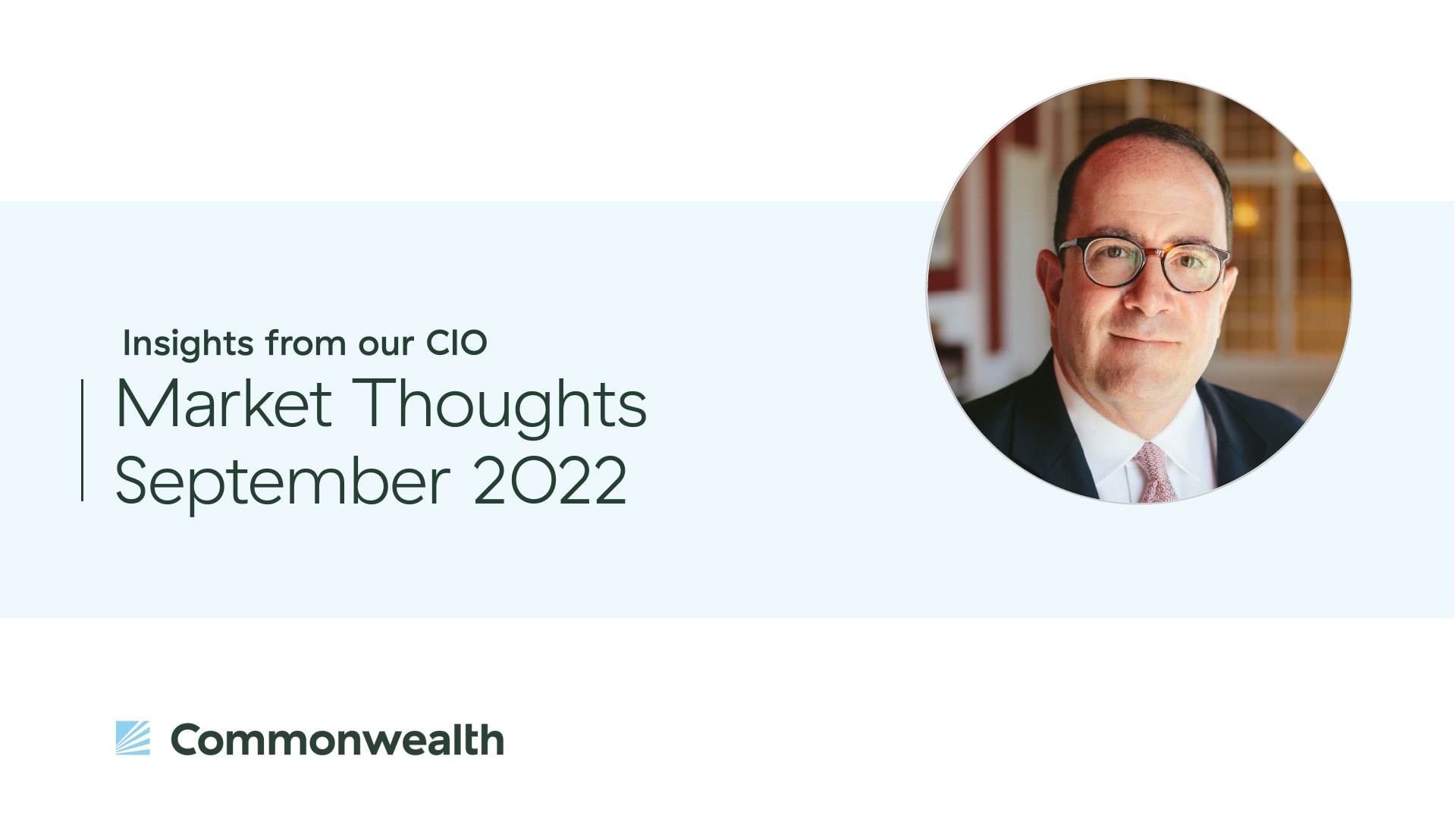Yesterday’s inflation print was a big surprise—a bad one. Yet, looking at the headlines, you could be forgiven for wondering why. The headline CPI, after all, increased by only 0.1 percent, after being flat the prior month. If we annualize those two months, the inflation rate would be only 0.6 percent per year, which is the opposite of what everyone is panicking about. It isn’t that simple, of course. But given that and the fact that inflation for the past 12 months was down from 8.5 percent to 8.3 percent, it would seem inflation is slowing. So, why the panic?














